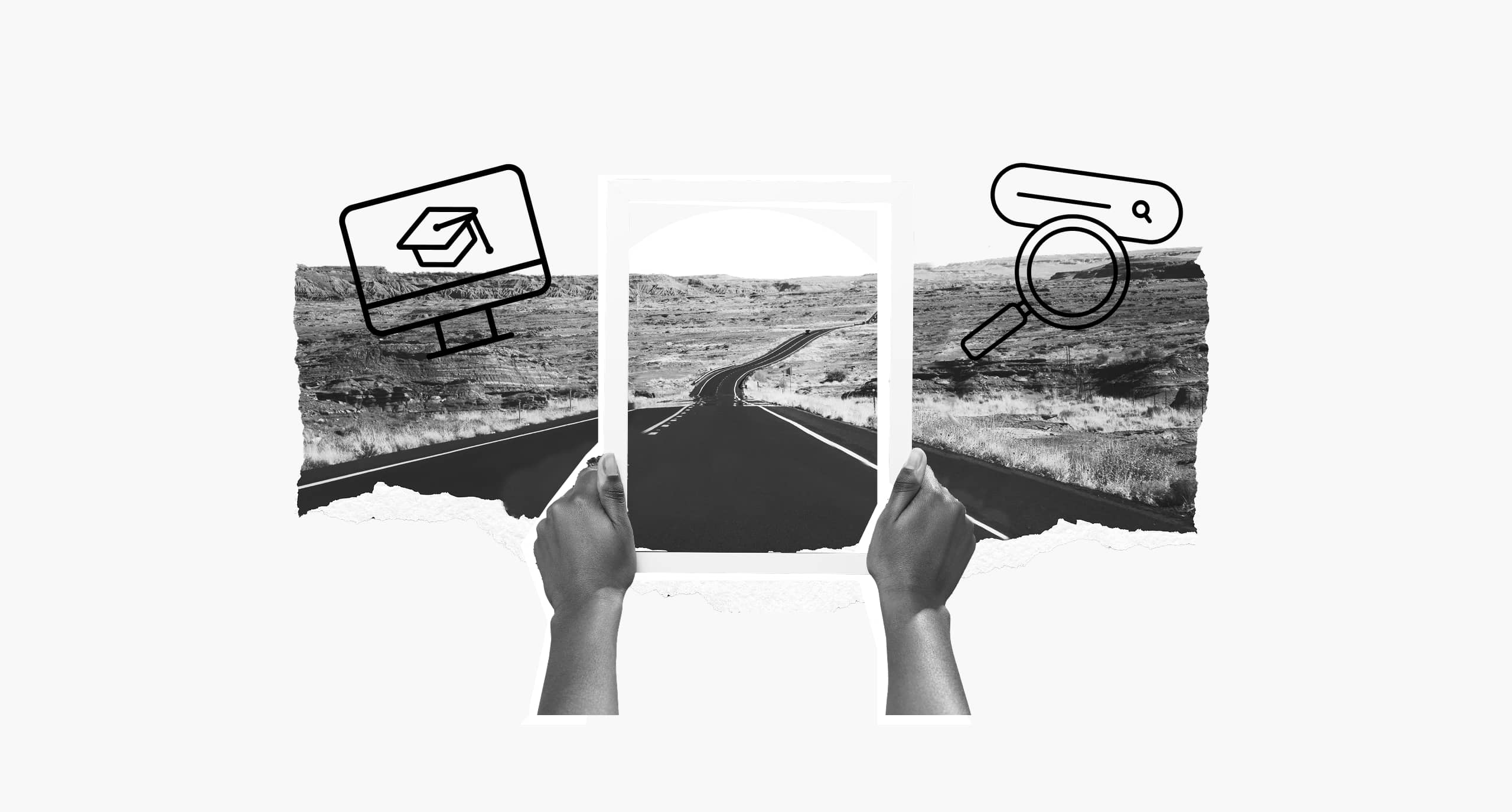Who didn’t once love their BlackBerry? If, like I mentioned in this article, you were lucky enough to have the smartphone, you’ll remember the social status it afforded. The qwerty-keyboard gadget infiltrated popular culture with endorsement from Lady Gaga, Kim Kardashian and even Barack Obama.
Then the hype stopped. Why did the hype stop?
Netflix is screening the 2020 “BlackBerry” film at the moment, which has caused nostalgia around the brand. So, piggybacking on the chatter, let’s use the first BlackBerry’s rise and demise as a case study on innovation.
How did BlackBerry start?
The 2020 film starts with BlackBerry founders Mike Lazaridis and Douglas Fregin trying to scale. In reality, though, their tech company Research in Motion (RIM) was already well established before they launched the iconic phone.
Lazaridis and Fregin were childhood friends and founded RIM back in 1984. They were the first wireless data technology developer in North America and an early pioneer in Mobitex-based connectivity products. Throughout the late 1980s and early 1990s—after Jim Balsillie joined as CEO in 1992 with a $125,000 investment—they made a name for themselves through products like the DigiSync Film KeyKode Reader and various protocol converters. They even won an Emmy Award for Technical Innovation in 1994.
The BlackBerry smartphone’s pre-evolutionary form was the Inter@ctive Pager, which was launched in partnership with Intel in 1995. This two-way pager was the first of its kind, and paved the way for the 1999 release of the BlackBerry 850. This innovative product offered wireless e-mail access on-the-go with a smart-looking keyboard.
Why was the original BlackBerry product so successful?
While adoption started slow, by 2002 BlackBerry smartphones were established. They freed professionals from clunky office setups and allowed them to stay connected from anywhere. It worked through BlackBerry’s innovative wireless server, which was the first of its kind in enabling internet connection across such a high number of devices.
The qwerty keyboard gave BlackBerry an edge in aesthetics and ergonomics. You could fire off emails with your thumbs, quickly and accurately, without needing a laptop. This, combined with push email, meant users received messages in real-time—making it a hit among execs, politicians and corporate teams. Meanwhile, BlackBerry’s end-to-end encryption made it the gold standard for security.
BlackBerry’s high-profile users made it a status symbol in widespread use—which is why teenagers like me had one. And the flashing red notification was an addictive “nudge” that pulled you into constant connectivity. It even earned them the nickname of “crackberries”, which actually made it into the dictionary.
The BlackBerry Messenger (BBM) became an exclusive chat service with its own social ecosystem.
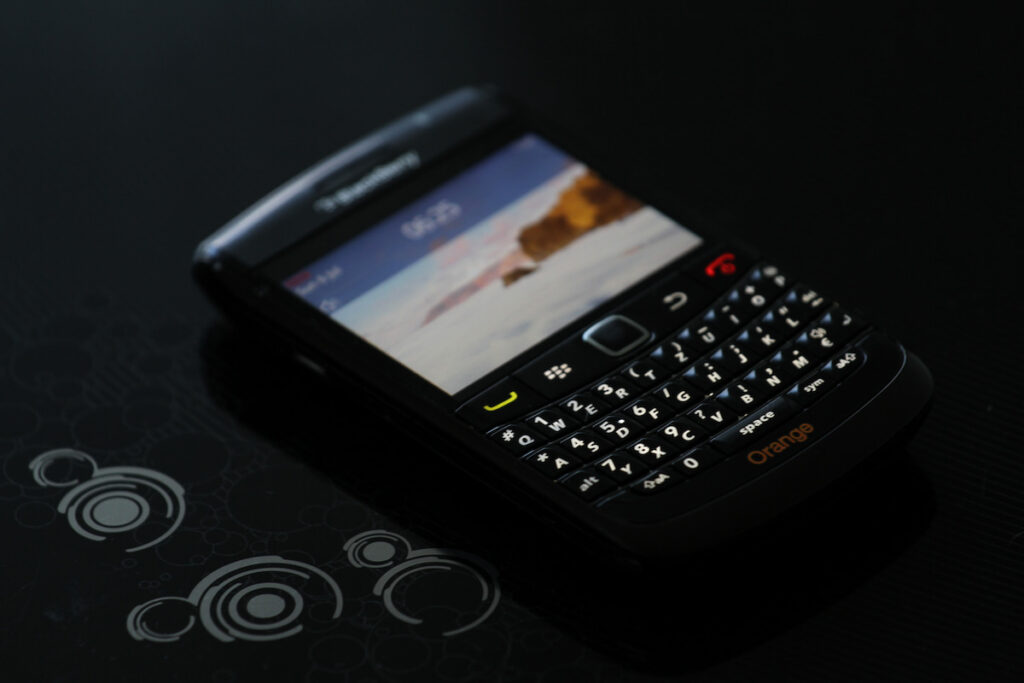
The company also thrived on the contrasting strengths of its two key leaders. Lazaridis, the detail-obsessed engineer, made sure the product worked flawlessly. Balsillie, the hard-driving dealmaker, secured major carrier partnerships and pushed the company’s global expansion. Together, they built a product that sold tens of millions a year with a monopoly over the market.
How did Apple destroy Blackberry?
Everything changed when Apple’s iPhone launched in 2007. Steve Jobs mocked the idea that smartphones needed plastic buttons and bet big on a touchscreen user interface. BlackBerry, whose identity hinged on the innovative keyboard, suddenly faced the unthinkable—being unfashionable.
Apple didn’t stop at hardware innovation. The launch of the App Store in 2008 made the iPhone a platform for continually expansive use.
Games, social media, music, productivity tools—the iPhone was flexible and fun.
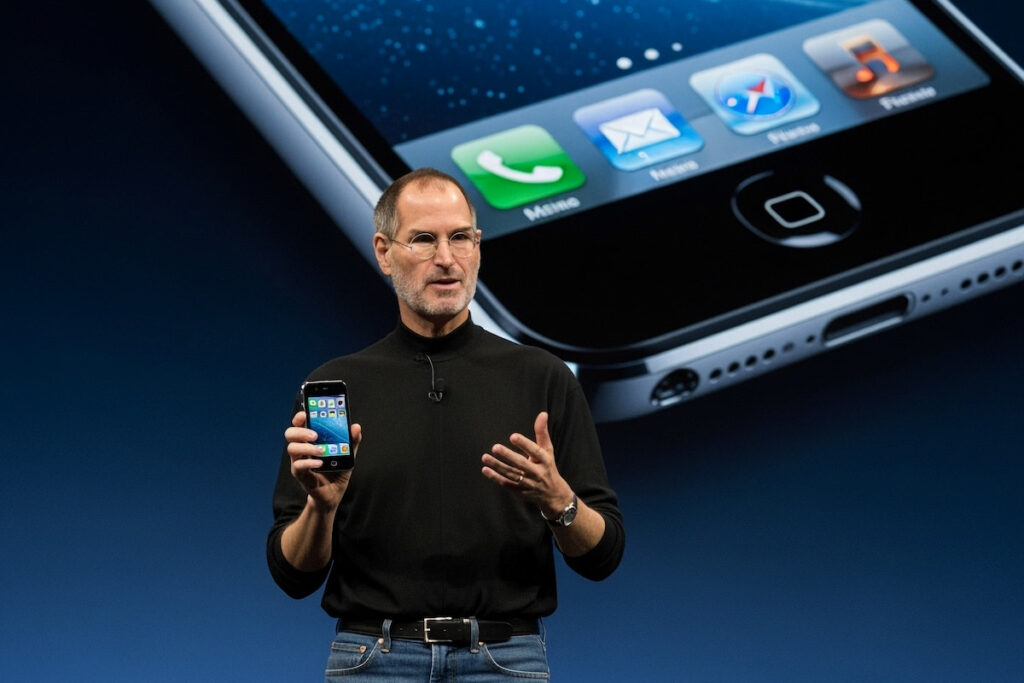
BlackBerry’s response, the BlackBerry Storm, fell flat. Their first touchscreen phone, production was rushed and performance hampered by slow, clunky software and no meaningful app store. Instead of being a fresh take, it looked like a poor imitation of the iPhone. While Apple was already iterating on its second and third iPhone models, BlackBerry was stuck trying to retrofit its old ideas into a rapidly evolving market. Users started jumping ship.
What really killed BlackBerry wasn’t just the iPhone—it was Apple’s focus on where the market was heading. Apple understood smartphones were becoming central to everyday life beyond work. By the time BlackBerry realized this, the market had moved on to the Apple lifestyle.
What can we learn from BlackBerry?
Innovation made BlackBerry a pioneer—and ultimately, led to its downfall. It transformed business communication by introducing mobile email and devices that catered perfectly to professionals on the go. But when Apple reimagined the mobile phone with a touch interface and app ecosystem, BlackBerry’s focus on hardware keyboards quickly became outdated. This is the brutal truth of digital innovation: those who fail to evolve get left behind.
That’s exactly the kind of challenge the Master in Digital Business & Innovation prepares you for. Built for the next generation of digital leaders, the program dives deep into how technology is reshaping business models, industries and customer expectations. Over 11 months in Madrid, you’ll work hands-on with topics like AI, automation, and data strategy, and specialize in areas like Fintech, Digital Strategy or Entrepreneurship.
With real-world projects, expert faculty, and global networking opportunities, you’ll graduate with the skills and mindset needed to drive change.
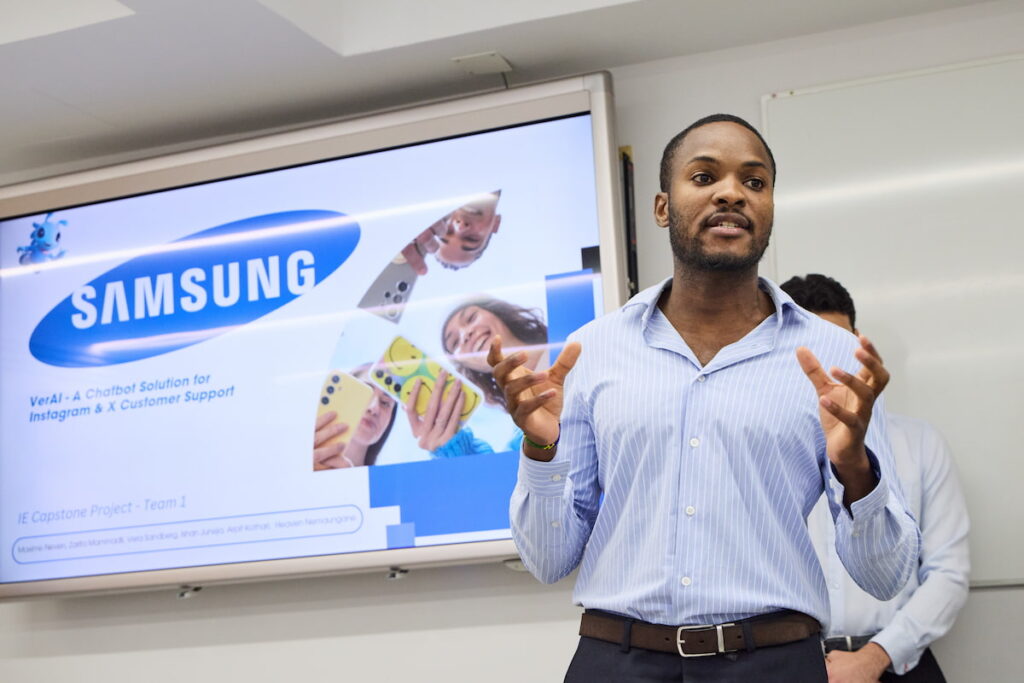
What sets this program apart is its focus on practical innovation. It’s designed for people who want to lead transformation, not just talk about it. If BlackBerry’s story resonates with you—the rise, the fall, and the lesson it holds—this is your chance to learn how to spot the next big shift before it happens. The future belongs to those who understand the digital landscape and can adapt fast. This program is where you learn to do exactly that.
Become an expert in innovation with IE Business School
See how the Master in Digital Business & Innovation can keep you ahead of the curve.
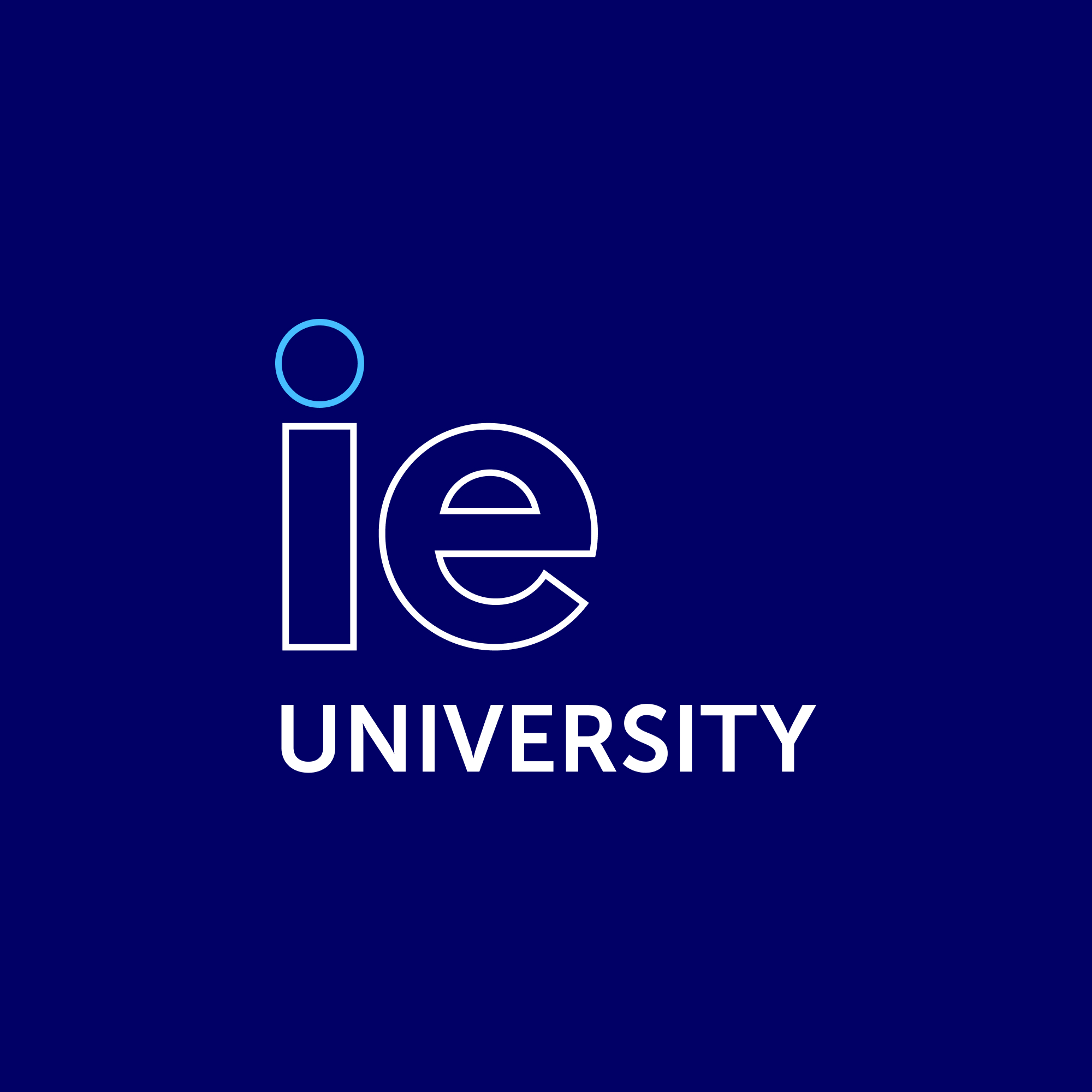
Benjamin is the editor of Uncover IE. His writing is featured in the LAMDA Verse and Prose Anthology Vol. 19, The Primer and Moonflake Press. Benjamin provided translation for “FalseStuff: La Muerte de las Musas”, winner of Best Theatre Show at the Max Awards 2024.
Benjamin was shortlisted for the Bristol Old Vic Open Sessions 2016 and the Alpine Fellowship Writing Prize 2023.






